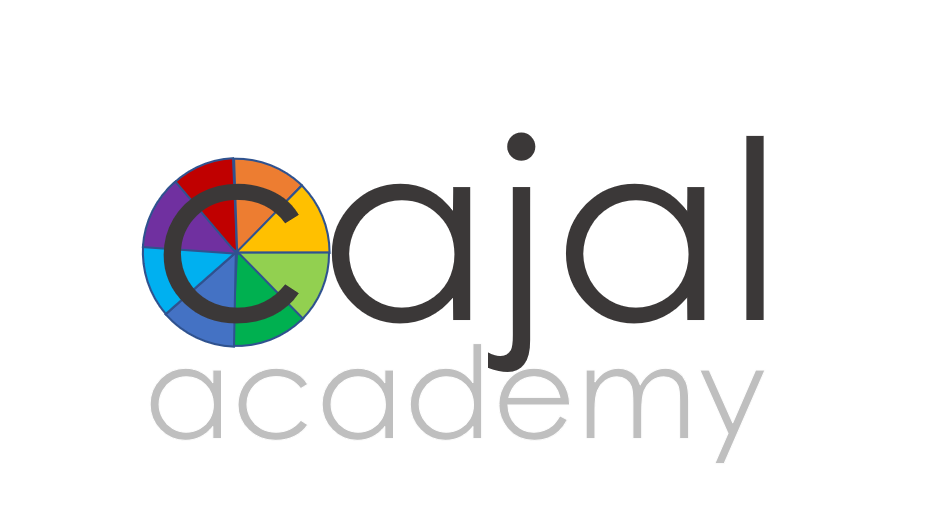Our Story
Our Story
Cajal Academy was born out of one mom’s struggle to find a school where both the learning and physiological needs of her twice exceptional kids could be met. Over a number of years, she had watched her children transform through their work with occupational therapist Heather Edwards and her commitment for sharing with kids the science behind their challenges, along with practical tools they can use to monitor, manage and advocate for their needs. With the help of experts in neuropsychology and medical and educational fields, the two came to a deeper view of the complex inter-relationships between the basic neurology and immunology of the human body and the mind’s availability to learn, to recall, to calculate and to self-regulate. The power of integrating these insights into the classroom to help kids was undeniable.
Yet there was no school bringing this science to bear, so Cheryl, a social entrepreneur and former litigator, set out to build one.
Starting with a small pilot program for Cheryl’s highly-complex, twice exceptional younger child, they developed a systematic and data-driven approach to understanding the myriad, inter-related connections that inform a child’s life-lived and academic experiences, and a skill-by-skill approach to differentiate instruction so that new content is delivered through each child’s strongest learning mode, while therapeutic services and games are employed to improve on their weaknesses.
In just a short time, the results were nothing short of transformative as he began to experience his own significant gifts and his perspective shifted from “what’s wrong with me” to “it’s just science.” Reading scores soared from a year below grade level to several years above. Math shifted from an unsurmountable obstacle to the realization that his language center simply couldn’t keep up with the speed of his math intuition. And focused work times shifted from twenty minute sessions to an hour and forty.
Seeing his success, Cheryl became determined to create a platform on which the benefits of this integrated, neuropsychological and neurophsyiological approach could be implemented directly into the classroom to empower all children, regardless of disability. In spring, 2020 we began expanding the pilot program, building towards what we hope will eventually be a student population of approximately one hundred K-12 students.
You can read more about our story in Cheryl’s blog post about how one learner’s very unique needs are leading to a new model for individualizing inclusive education for all.

